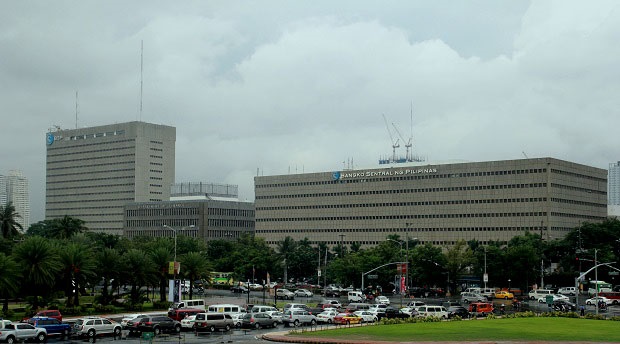Rise in ‘hot money’ outflows seen in 2016
The Bangko Sentral ng Pilipinas (BSP) sees more of the so-called “hot money” leaving the country next year, with net outflows of foreign portfolio investments expected to reach $1.3 billion.
The BSP said such would reflect an “increase or more repayments of bonds issued to non-residents in 2016.”
Net outflows represent more foreign-led investments in bonds, deposits and stocks leaving than entering domestic financial markets.
Based on the BSP’s revised balance of payments projections, a net outflow of $200 million was seen by yearend, a reversal of the earlier forecast of $1.4 billion in net inflows.
The adjusted projection for 2015 “reflects the continued profit-taking observed during some periods in the equities market, as well as investor concerns on the slowdown of the Chinese economy and the impact of this slowdown on the global economy,” the BSP said.
Article continues after this advertisementLast year, the country posted $310.2 million in net hot money outflows.
Article continues after this advertisementThe BSP earlier reported that foreign portfolio investment transactions in November resulted in net outflows worth $69 million, reversing the net inflows of $27.8 million a month ago and $369.9 million a year ago.
In first 11 months, the country posted net outflows of $429.2 billion.
Foreign portfolio investments come in the form of placements in shares of publicly-listed firms, government and private sector IOUs, as well as deposit certificates.
Portfolio investments are short-term bets— hence the nickname hot money—because these placements can be pulled out quickly.
In addition, hot money outflows for 2016 are expected to be aggravated by the end of the global low interest rate regime, as signaled by the decision of the US Federal Reserve to raise its key interest rates for the first time in almost a decade.
Central bank officials expect higher US interest rates to draw funds temporarily lodged in emerging markets back to their home economies, hence the expected outflows from the Philippines next year.
Interest rates were cut to historic lows in the wake of the 2008 global financial crisis in a big to revive the flagging US economy. This increase in liquidity benefited emerging market economies like the Philippines as investors sought better returns for their funds amid low returns in the US and other crisis-hit developed economies.
